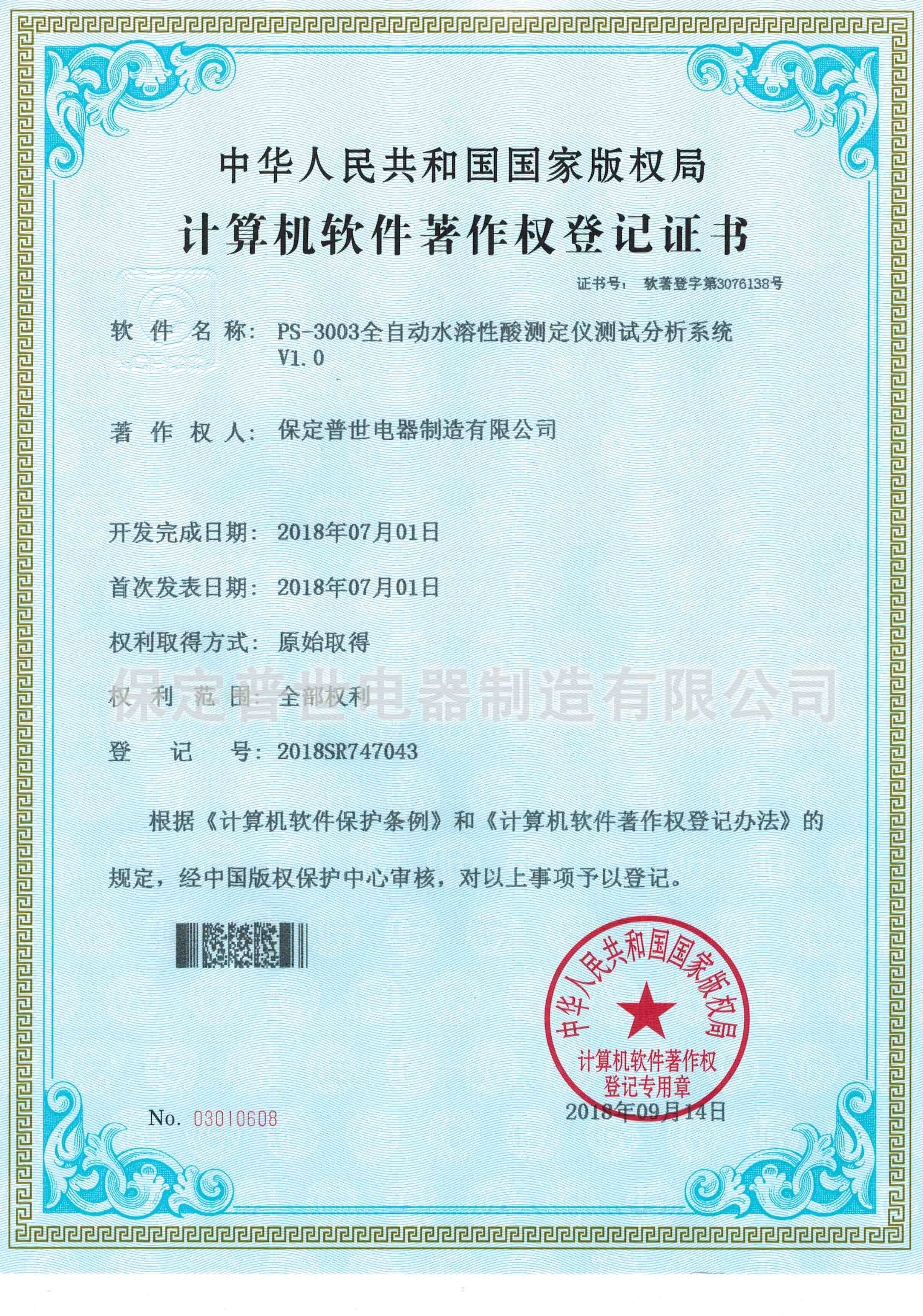 English
English


Essential Equipment for Analyzing Used Oil Quality and Performance Assessment Techniques
Understanding Used Oil Testing Equipment A Key to Sustainable Maintenance
In today's industrial landscape, used oil testing equipment has become a vital tool for ensuring the longevity and efficiency of machinery. With the increasing prevalence of environmentally conscious practices and regulations, the ability to analyze used oil is not only beneficial but necessary for effective maintenance programs. This article will explore the significance of used oil testing, the types of equipment available, and the benefits of implementing a robust testing regime.
The Importance of Used Oil Testing
Used oil testing is essential for several reasons. Firstly, it helps in determining the condition of the oil, which can indicate the overall health of the machinery. By assessing key parameters such as viscosity, acidity, and the presence of contaminants, maintenance teams can diagnose potential issues before they escalate into costly repairs or unplanned downtime. This proactive approach leads to enhanced equipment reliability and operational efficiency.
Secondly, regular testing provides insights into the oil's performance over time. As oil circulates through engines and machinery, it collects impurities and undergoes chemical changes that can degrade its effectiveness. Monitoring these changes allows operators to make informed decisions about oil replacement and maintenance schedules, ultimately saving on costs and resources.
Lastly, used oil testing is an environmental safeguard. Proper disposal and recycling of used oil are critical, as improperly discarded oil can lead to soil and water contamination. By analyzing used oil, companies can ascertain whether the oil is still usable or needs to be disposed of, promoting a more sustainable approach to resource management.
Types of Used Oil Testing Equipment
The market offers diverse testing equipment tailored to different needs and applications
. Some of the most common types include1. Viscometers These instruments measure the viscosity of the oil, which is crucial for understanding its flow characteristics under various temperatures. Viscosity is a key indicator of oil degradation and performance.
used oil testing equipment

2. Spectrometers Used for elemental analysis, spectrometers can identify the presence of wear metals, additives, and contaminants in the oil. This data helps pinpoint the source of wear in machinery and allows for timely interventions.
3. FTIR (Fourier Transform Infrared Spectroscopy) This advanced equipment analyzes chemical compounds in the oil. FTIR can detect oxidation, nitration, and sulfonation levels, providing a comprehensive view of oil degradation.
4. Infrared and oil condition sensors These sensors often work alongside IoT (Internet of Things) technology to provide real-time monitoring of oil condition, sending alerts when predefined thresholds are exceeded.
Benefits of Implementing Used Oil Testing
Investing in used oil testing equipment yields significant benefits. Firstly, routine testing enhances predictive maintenance practices, allowing organizations to replace oil at optimal intervals based on condition rather than arbitrary schedules. This strategy minimizes waste and maximizes the performance of lubricants.
Moreover, by extending oil life, organizations can lower their overall operational costs. This is especially important in industries where machinery operates under high stress or where lubricant costs can be substantial, such as in automotive, aviation, and manufacturing sectors.
Finally, a commitment to used oil testing underscores a company's dedication to sustainability. By effectively managing oil resources and minimizing environmental impact, businesses can enhance their reputation and meet regulatory compliance, which is increasingly demanded by both customers and stakeholders.
Conclusion
In summary, used oil testing equipment plays a critical role in optimizing machinery performance and promoting sustainable practices. By embracing advanced testing technologies, companies can enhance their maintenance strategies, reduce operational costs, and contribute to environmental stewardship. As industries continue to evolve and place more emphasis on sustainability, the importance of effective oil management through comprehensive testing will only grow.
-
Differences between open cup flash point tester and closed cup flash point testerNewsOct.31,2024
-
The Reliable Load Tap ChangerNewsOct.23,2024
-
The Essential Guide to Hipot TestersNewsOct.23,2024
-
The Digital Insulation TesterNewsOct.23,2024
-
The Best Earth Loop Impedance Tester for SaleNewsOct.23,2024
-
Tan Delta Tester--The Essential Tool for Electrical Insulation TestingNewsOct.23,2024





